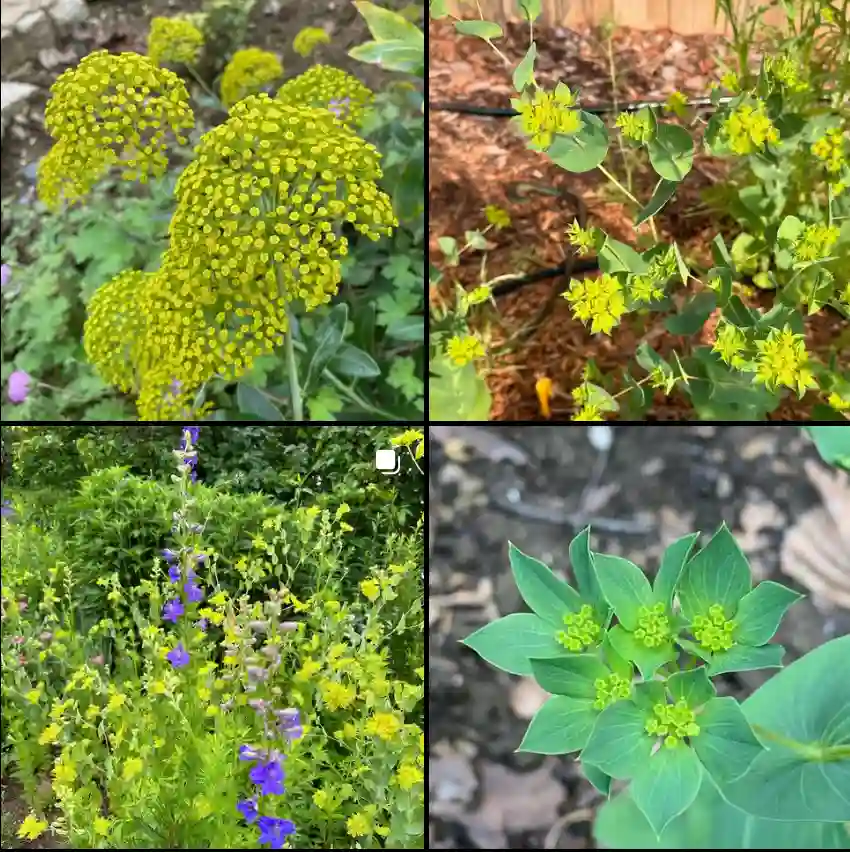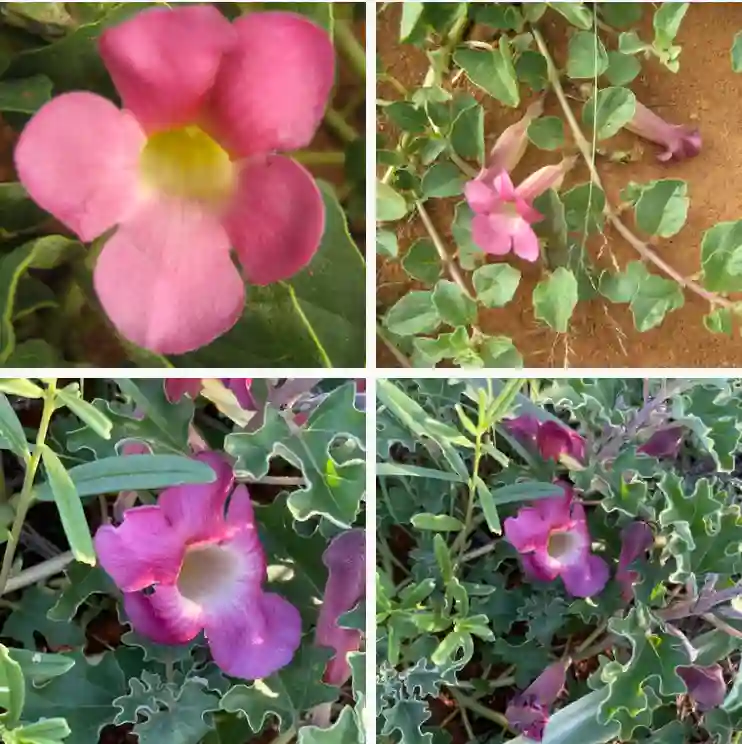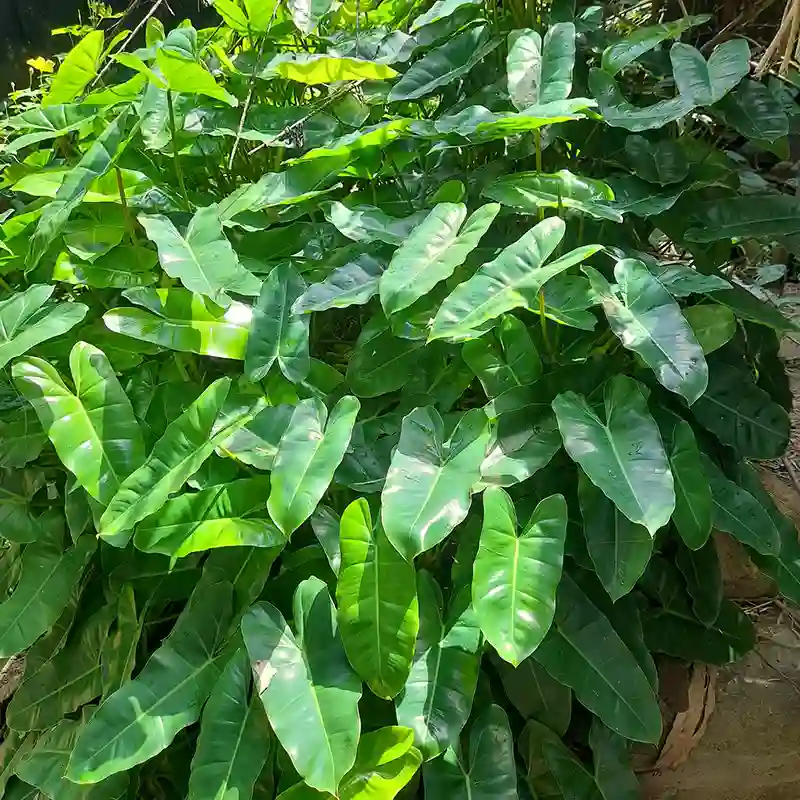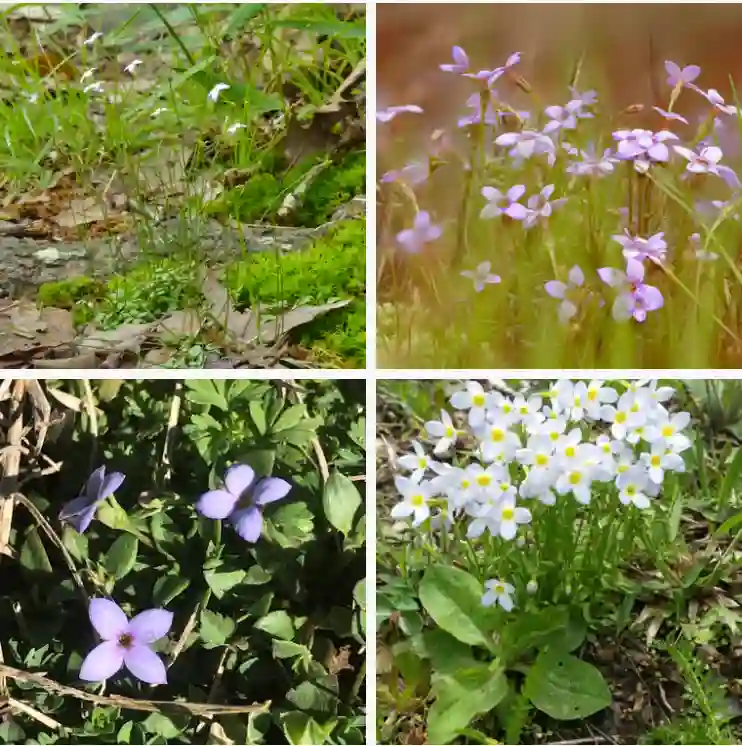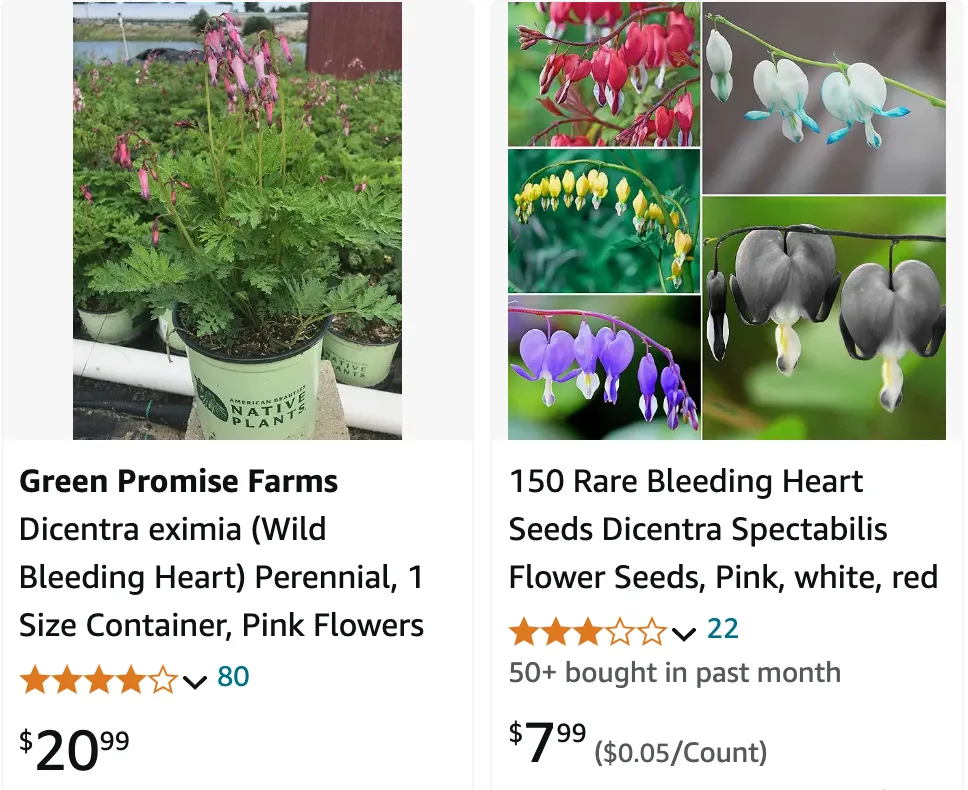
FAQs About the Bleeding Heart Plant
As an avid gardener, I have a deep appreciation for the unique charm of the Bleeding Heart Plant. This plant, with its delicate, heart-shaped flowers, is a favorite among many plant enthusiasts. Over the years, I’ve gathered a wealth of knowledge about the care, propagation, and overall maintenance of Bleeding Heart Plants. Here, I’ll address some of the most frequently asked questions about this beautiful plant.
What is a Bleeding Heart Plant?
A Bleeding Heart Plant, scientifically known as Dicentra Spectabilis, a synonym of Lamprocapnos spectabilis, is a perennial plant that belongs to the Papaveraceae family. It’s renowned for its distinct heart-shaped flowers that dangle from arching stems. These flowers are typically pink and white, although there are varieties with red or pure white flowers. The plant’s foliage is feathery and fern-like, providing a lush backdrop to its striking blooms.
How Big Does a Bleeding Heart Plant Get?
Bleeding Heart Plants can grow to a height of 2 to 3 feet and spread about 1 to 2 feet wide. The size can vary depending on the variety and growing conditions.
How to Care for a Bleeding Heart Plant?
Caring for a Bleeding Heart Plant involves several key steps:
- Light: These plants prefer partial to full shade. Too much direct sunlight can scorch their delicate leaves.
- Soil: They thrive in well-draining, rich, and slightly acidic soil. Adding compost can enhance soil fertility.
- Watering: Keep the soil consistently moist, especially during the growing season. However, avoid waterlogging, as this can lead to root rot.
- Fertilization: Apply a balanced, slow-release fertilizer in early spring to encourage healthy growth and abundant flowering.
- Pruning: Remove spent flowers and dead foliage to keep the plant looking tidy and to prevent disease.
Where to Buy a Bleeding Heart Plant?
You can purchase Bleeding Heart Plants at most garden centers and nurseries. They are also available online from various plant retailers. When buying online, ensure you are purchasing from a reputable source to guarantee you receive a healthy, disease-free plant.
How to Divide a Bleeding Heart Plant?
Dividing a Bleeding Heart Plant is a great way to propagate it. Here’s how you do it:
- Timing: The best time to divide is in early spring before new growth begins or in late summer after the plant has finished blooming.
- Preparation: Gently dig up the entire plant, taking care not to damage the roots.
- Division: Use a sharp knife or spade to divide the root clump into sections. Each section should have several shoots and a healthy portion of the root system.
- Replanting: Replant the divisions immediately, ensuring they are planted at the same depth as the original plant. Water well to help the new plants establish.
Why Is My Bleeding Heart Plant Turning Yellow?
Yellowing leaves on a Bleeding Heart Plant can be due to several reasons:
- Overwatering: Too much water can lead to root rot, causing leaves to yellow.
- Underwatering: Conversely, not enough water can also cause yellowing.
- Nutrient Deficiency: Lack of essential nutrients can result in yellow leaves. Consider fertilizing with a balanced fertilizer.
- Natural Dormancy: Bleeding Heart Plants naturally go dormant in late summer. Yellowing leaves during this time are normal.
Can a Bleeding Heart Plant Be Grown Indoors?
While Bleeding Heart Plants are typically grown outdoors, they can be grown indoors if you can replicate their natural environment. They need a cool, shaded area with high humidity. Indoor growing can be challenging but is possible with the right conditions and care.
Can a Bleeding Heart Plant Grow in a Pot?
Yes, Bleeding Heart Plants can be successfully grown in pots. Use a well-draining potting mix and ensure the pot has adequate drainage holes. Keep the soil consistently moist and provide the plant with partial shade. Potted Bleeding Heart Plants may require more frequent watering and fertilizing compared to those grown in the ground.
How to Propagate a Bleeding Heart Plant?
In addition to division, Bleeding Heart Plants can be propagated through seed and cuttings:
- Seeds: Collect seeds from mature pods and sow them in a seed tray filled with a well-draining seed-starting mix. Keep the soil moist and provide indirect light until seedlings emerge.
- Cuttings: Take 3-4 inch cuttings from healthy stems in early summer. Dip the cut ends in rooting hormone and plant them in a pot with a moist, well-draining potting mix. Keep the cuttings in a shaded area until roots develop.
What to Plant with a Bleeding Heart Plant?
Bleeding Heart Plants pair well with other shade-loving perennials such as hostas, ferns, and astilbes. These companion plants complement the Bleeding Heart’s delicate appearance and thrive in similar conditions.
Conclusion
The Bleeding Heart Plant is a beautiful addition to any garden, offering unique blooms and lush foliage. By understanding its needs and providing the proper care, you can enjoy this plant’s stunning display year after year. Whether you’re growing it in your garden, a pot, or even indoors, the Bleeding Heart Plant is sure to captivate with its charm.
If i die, water my plants!
